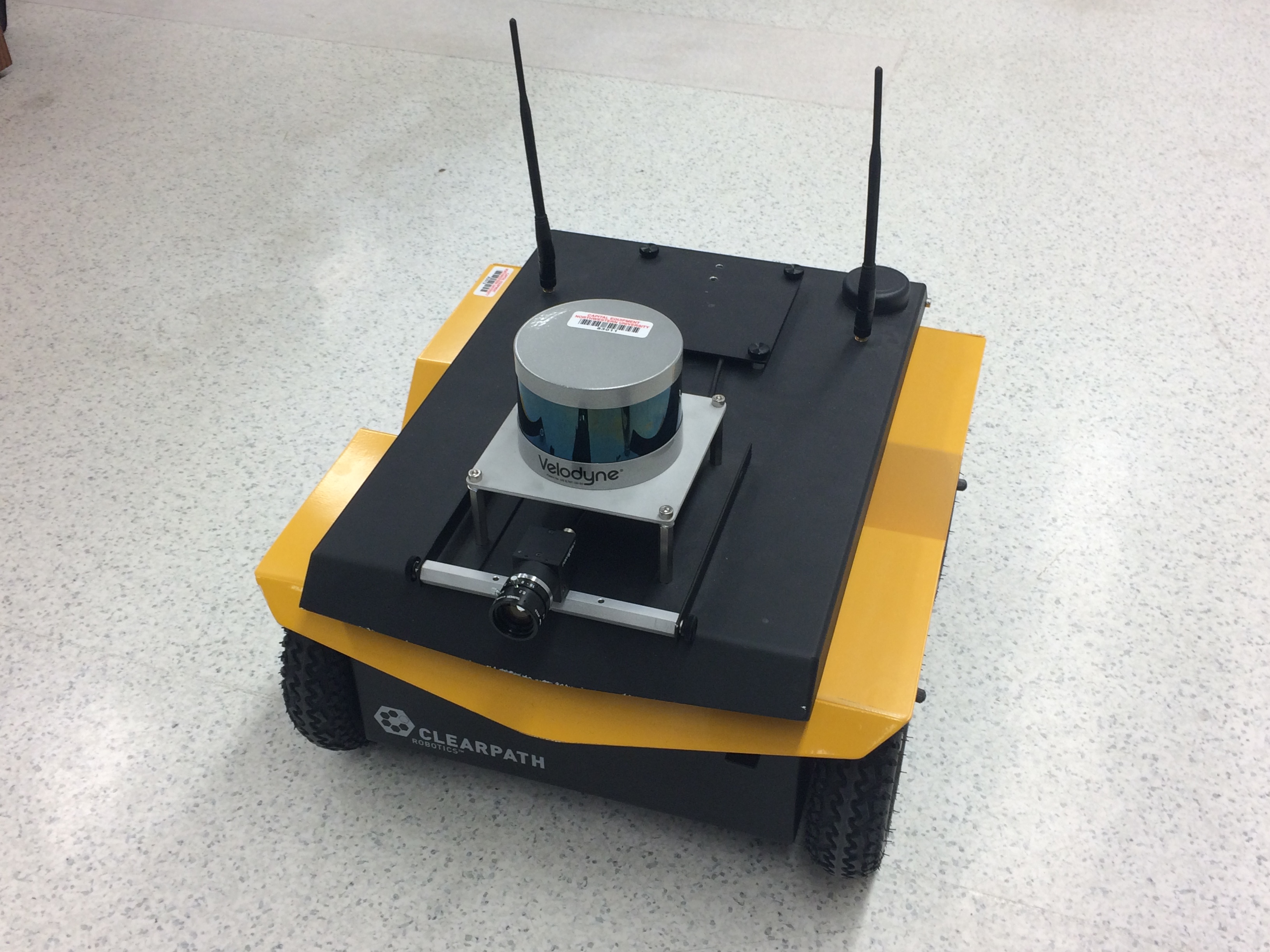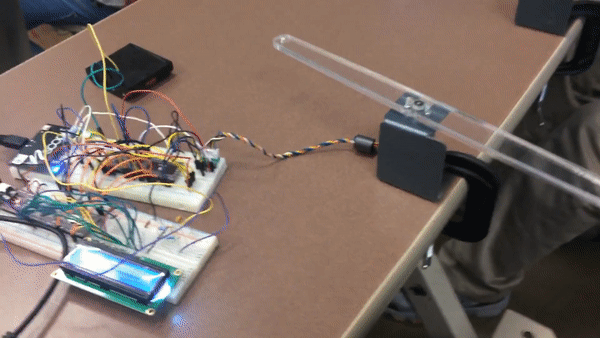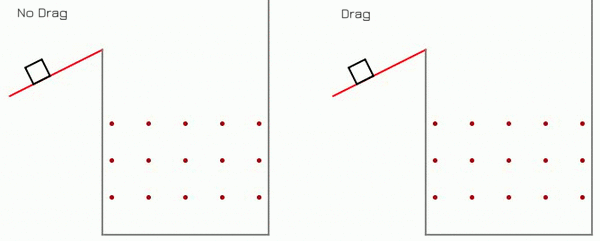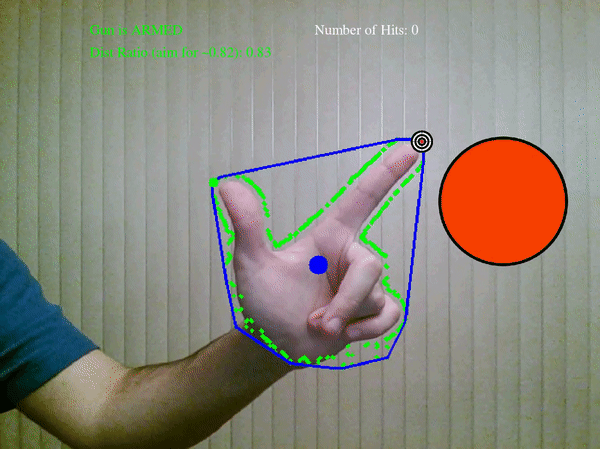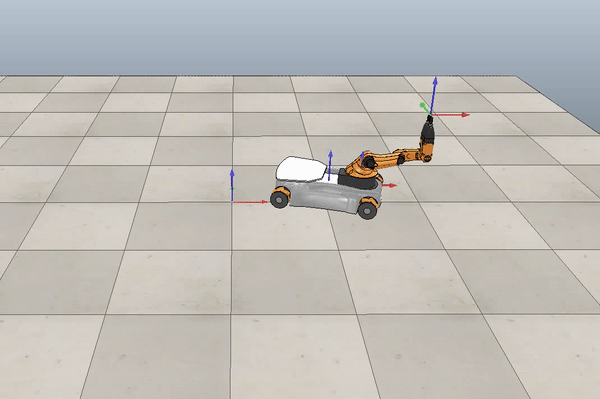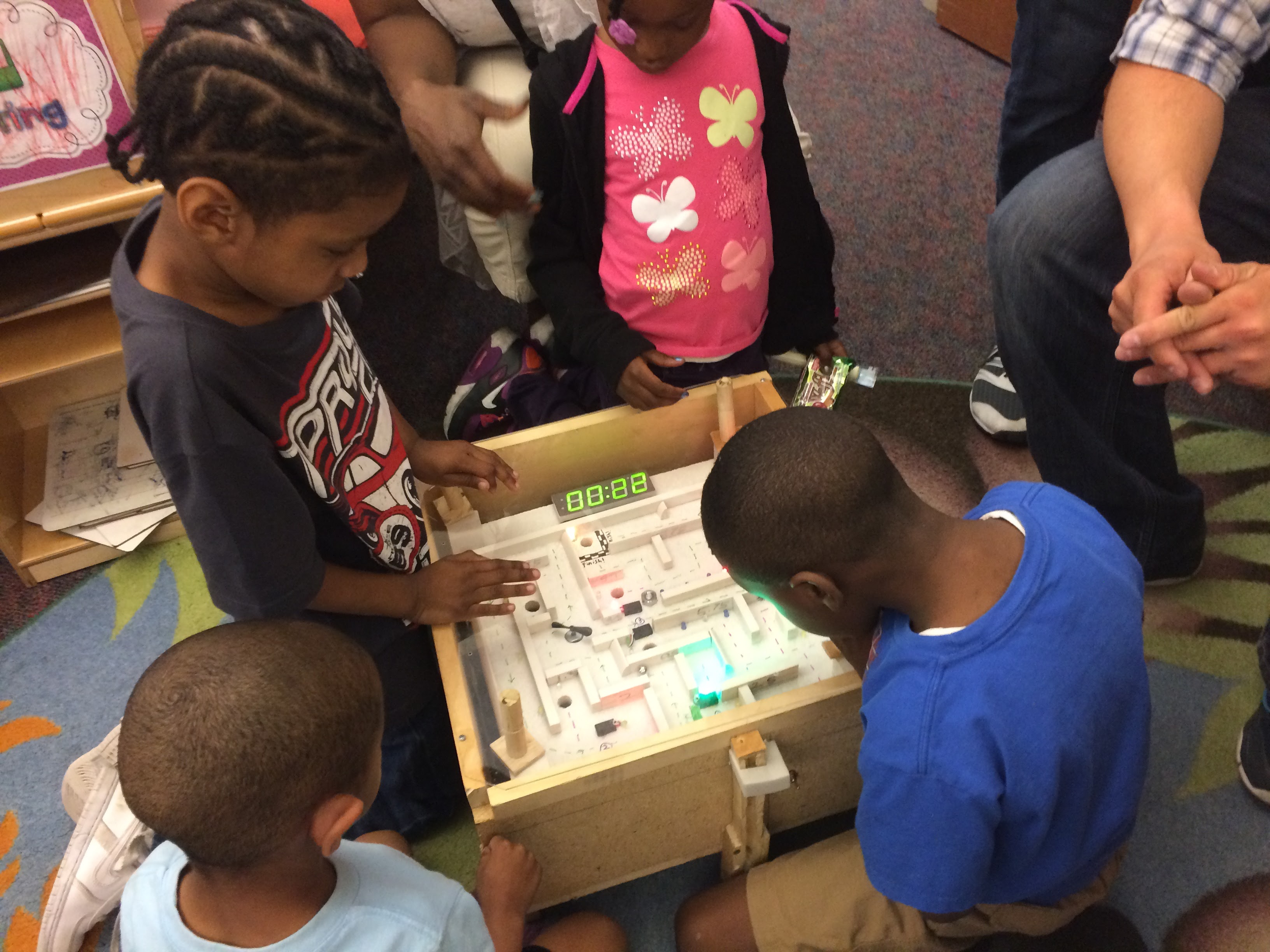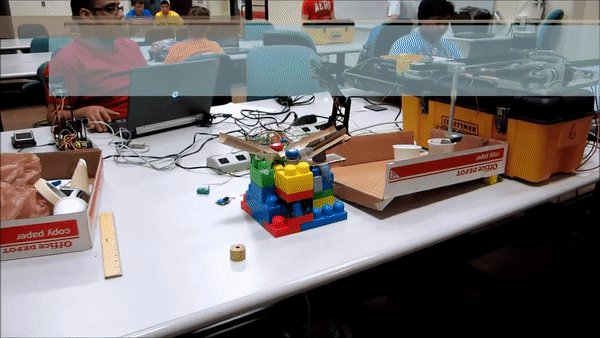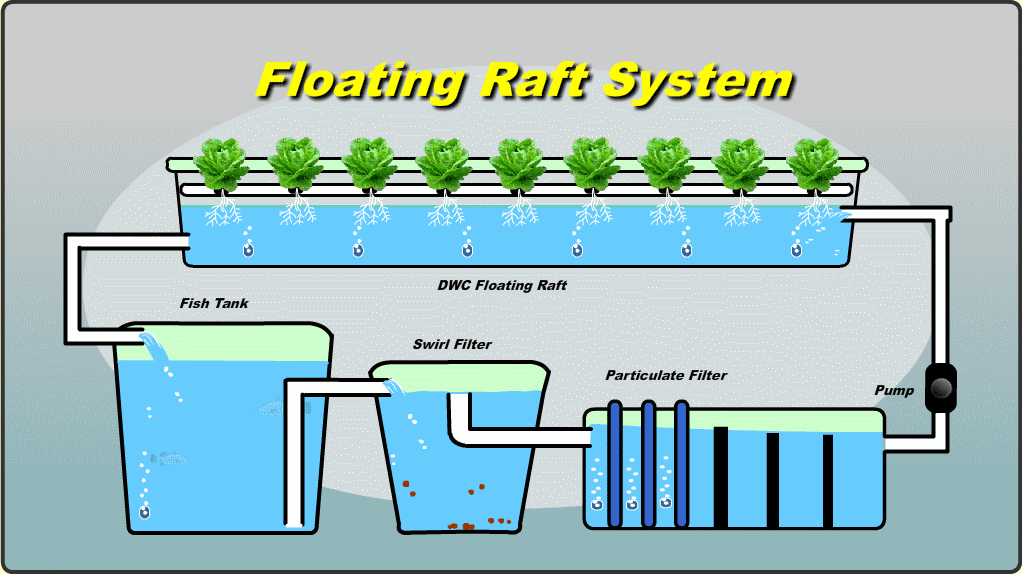Effect of Planning Depth in Predator-Prey Behavior
Nature is a wonder of its own. When we look at animals, we usually see cute furry creatures that seemingly just do their own thing. After seeing them in the wild, though, you begin to notice how they use their environment to hunt or hide from other animals. In the gif on the left, for example, a leapord hides in a narrow valley as it hunts unbeknowest to the imapla above. In order to better understand these predator-prey relationships, research has been done in the NxR lab to simulate how prey will act (using POMDPs) given various planning depths in order to reach some goal position before a predator kills the prey. My project focuses on turning these simulations into a 3-D honeycomb-styled-world realization where Sphero robots act as the predator and prey that have to navigate in various levels of occluded environments.

